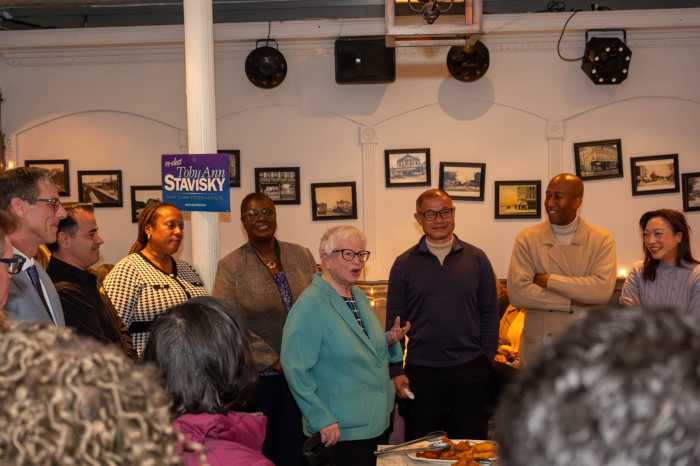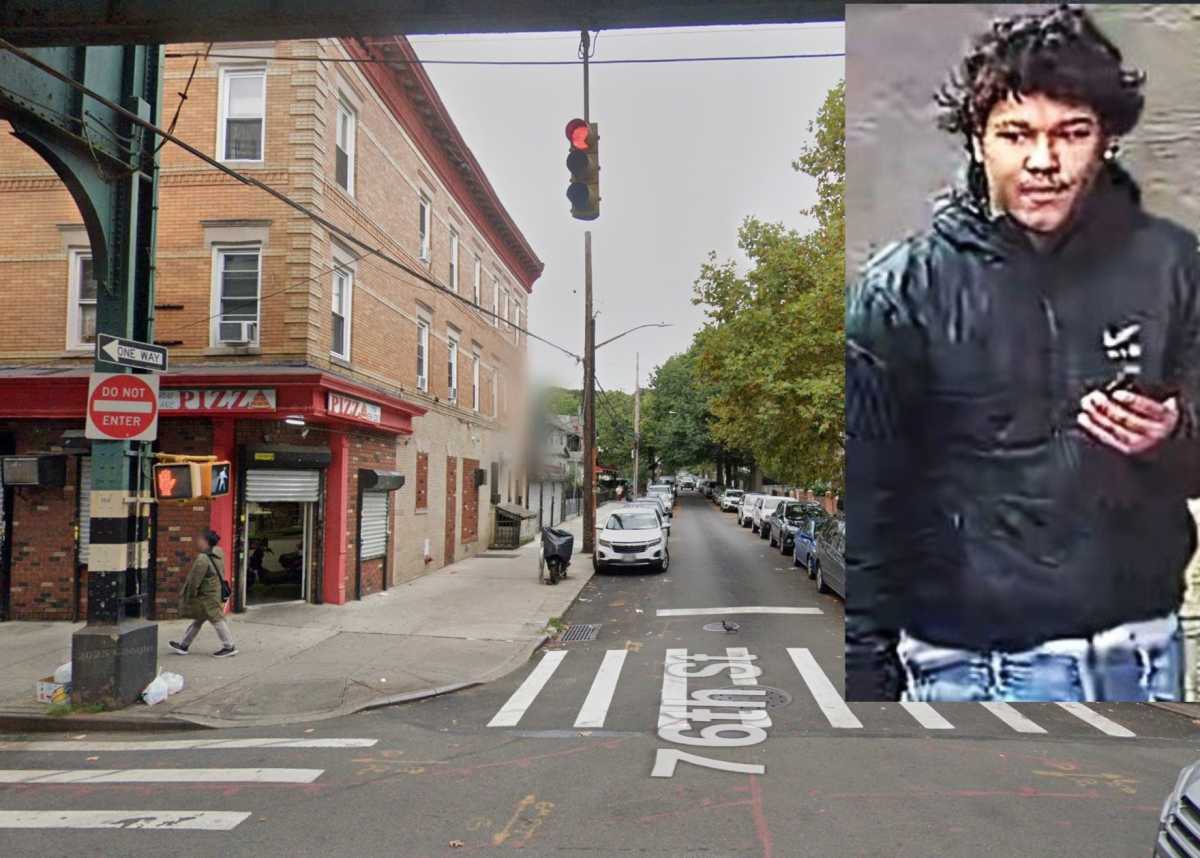In October 2007, Frank White was leafing through a real estate booklet when he came across a picture of his own house. According to the booklet, his home was being considered for landmarking. His neighbors’ houses, the booklet said, were also under consideration.
The idea was to make White’s neighborhood - a portion of Douglaston considered to be the gateway to Douglas Manor - a part of the Douglaston Historic District. Designated in 1997, this district encompasses the entire Manor, a mile-long residential peninsula in northeast Queens.
White did not like the idea of being included in the historic district and neither did most of his neighbors. They got their chance to express their opposition recently at a meeting of Community Board 11. “We don’t want landmarking, no doubt about it,” said White.
“More than any other section, the proposed [district] shows the history of Douglaston - from its rural roots as farmland in the 19th century to its development as a garden suburb linked to the city by train in the 20th century,” said Kevin Wolfe, an architect and co-founder of The Douglaston/Little Neck Historical Society, the group advocating the landmarking.
Yet, 13 out of the 17 homeowners in the proposed district oppose designation. They fear it will limit their property rights.
Any type of work on a landmarked house requires permission from the city’s Landmarks Preservation Commission. The changes must match the architectural style of the building, which in this neighborhood ranges from Mediterranean to Dutch Colonial and English Tudor.
“Landmarking restrictions are stringent and suffocating,” said White. “They tell you what to do with your roof, what kind of siding, what kind of shutters, what kind of porch.”
Complying with the Commission’s regulations often drives up renovation costs, which is another concern of the residents. Board member Zion Halili, who is a developer, said he paid $1,000 per window when fixing a landmarked property two years ago - compared to the $300 for a regular replacement one.
Those disadvantages are insignificant relative to the big picture, said Wolfe.
He explained that originally the historical society proposed a larger region for inclusion in the historic district and the majority of the homeowners in this larger region - along the periphery of the Douglas Manor - supported landmarking.
However, the Landmarks Commission took under consideration only a small part of the proposed region - two blocks of Douglaston Parkway, from 38th Road to P.S. 98, and the west ends of Cherry and Willow Street. The rest of the district did not meet landmarking criteria, Wolfe said.
So although most homeowners in the area the Commission is looking at do not want landmarking, the initiative should continue because the Douglaston community in general supports it, Wolfe explained.
“This is about the community. It’s not about individual kingdoms,” Wolfe said.
“We are opposed to it and people are trying to shove it down our throats,” White complained. “They wouldn’t take no for an answer.”
Those against the move also say that the society informed them about its intentions only after it had decided to propose their homes for designation. “All this went on behind our backs,” said White. “They should have canvassed the area.”
Canvassing before beginning to research the designation possibility was impossible because the society would not have had the answers homeowners would have wanted, explained Wolfe.
“If the majority of the people are against it, it shouldn’t go through. You should accept the wish of the people,” said Halili, who sits on Community Board 11.
The board itself voted against the expansion of the historic district. The nature of the vote is advisory, explained Steven Newman, chair of the board.
The opposition - from the residents and the board - will play a significant role when the Landmarks Commission votes on whether to extend the historic district, said Lisi de Bourbon, spokesperson for the Commission.
Before voting, the Commission will hold a public hearing on June 24 and residents will be able to weigh in again, de Bourbon added.



































